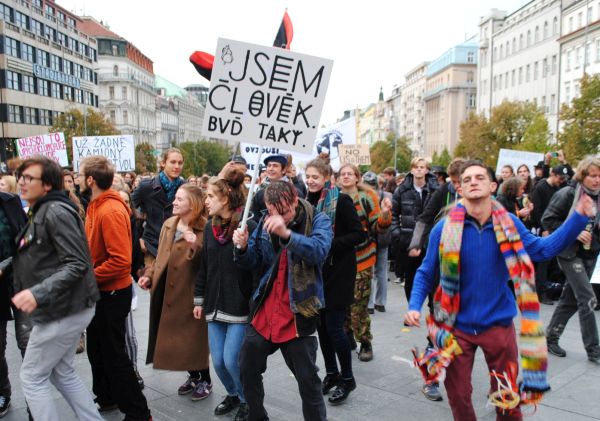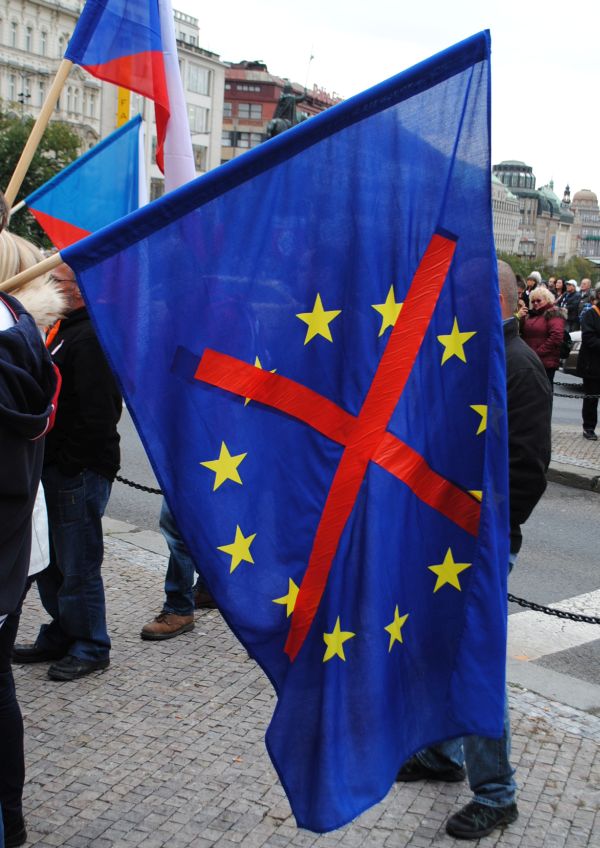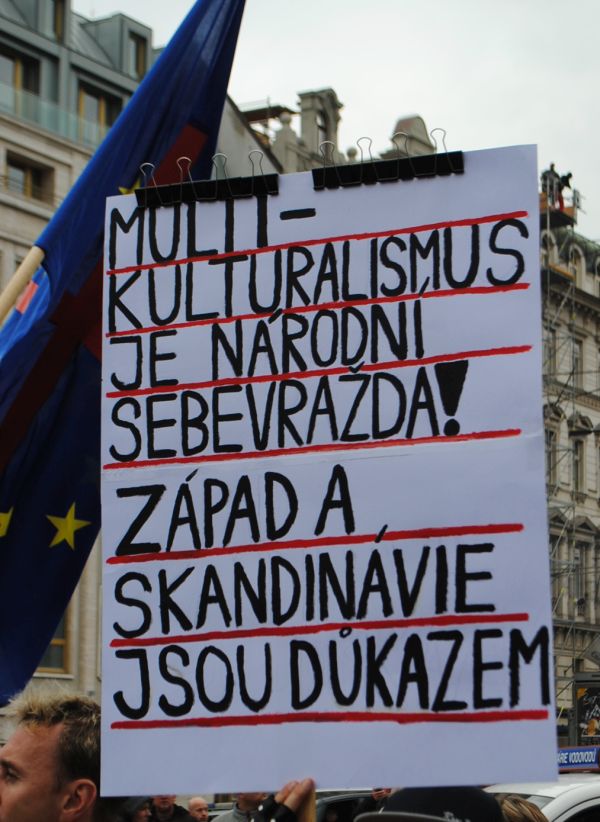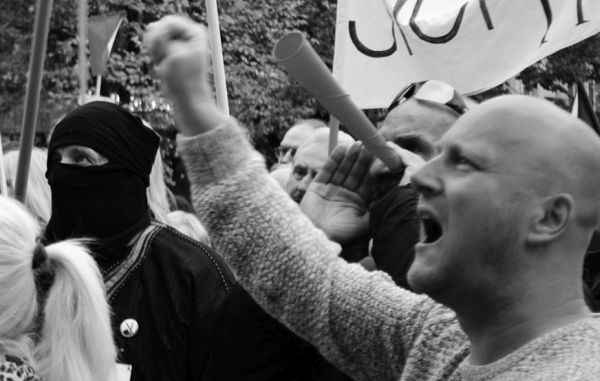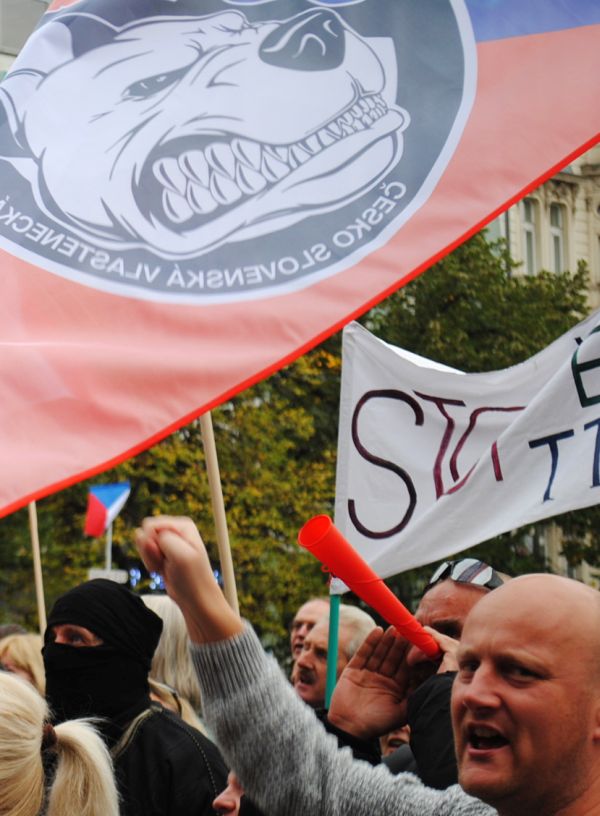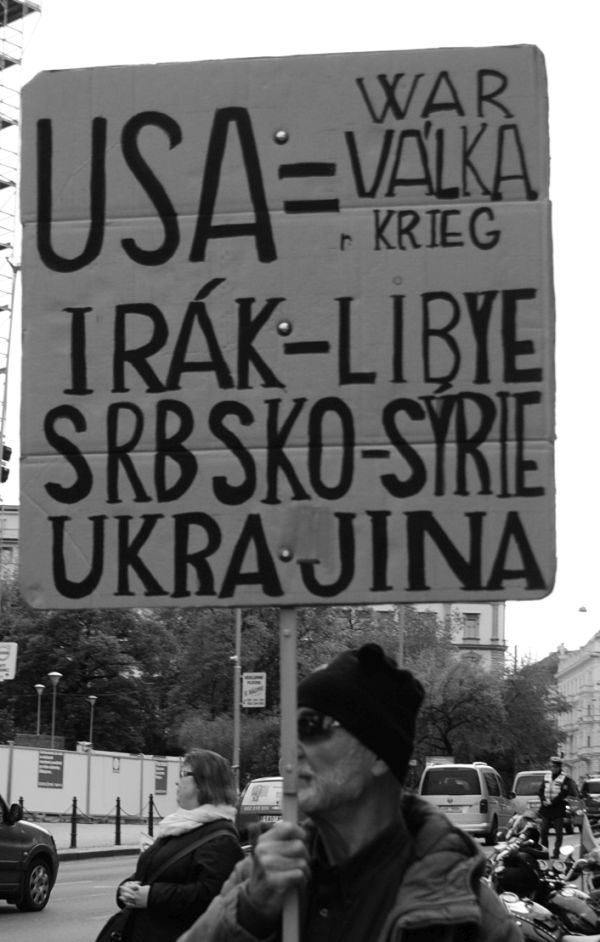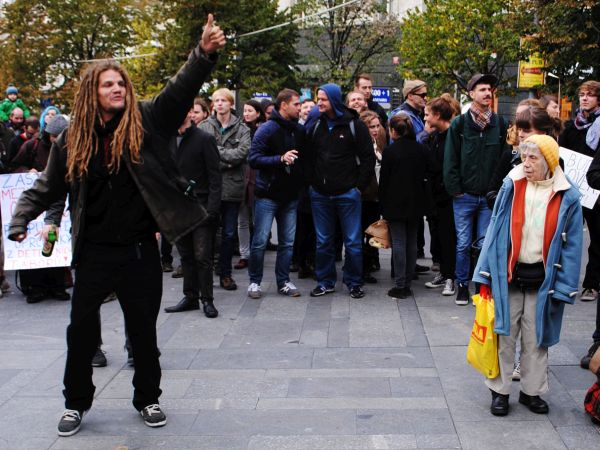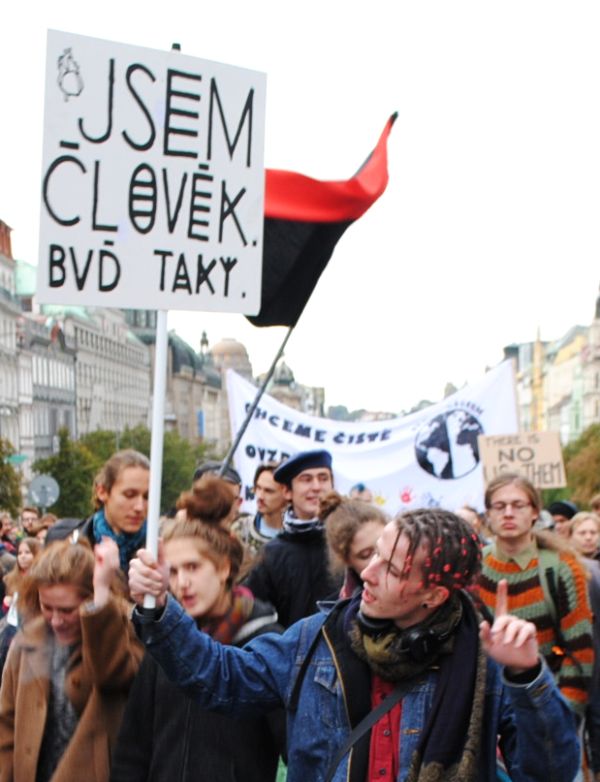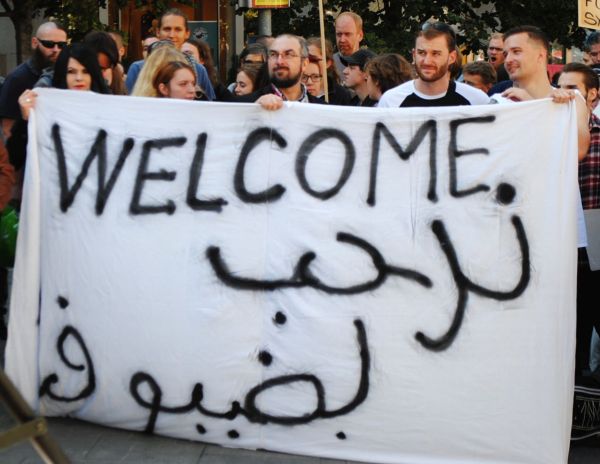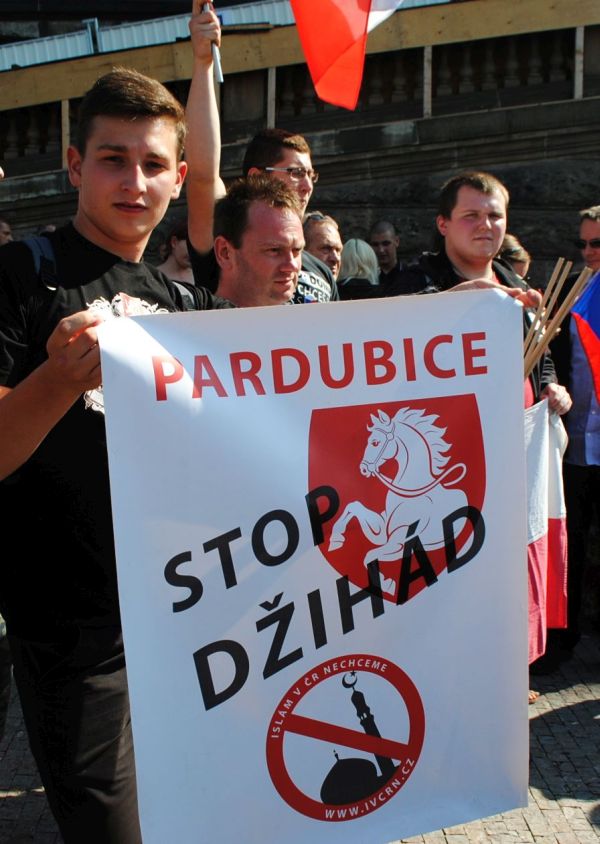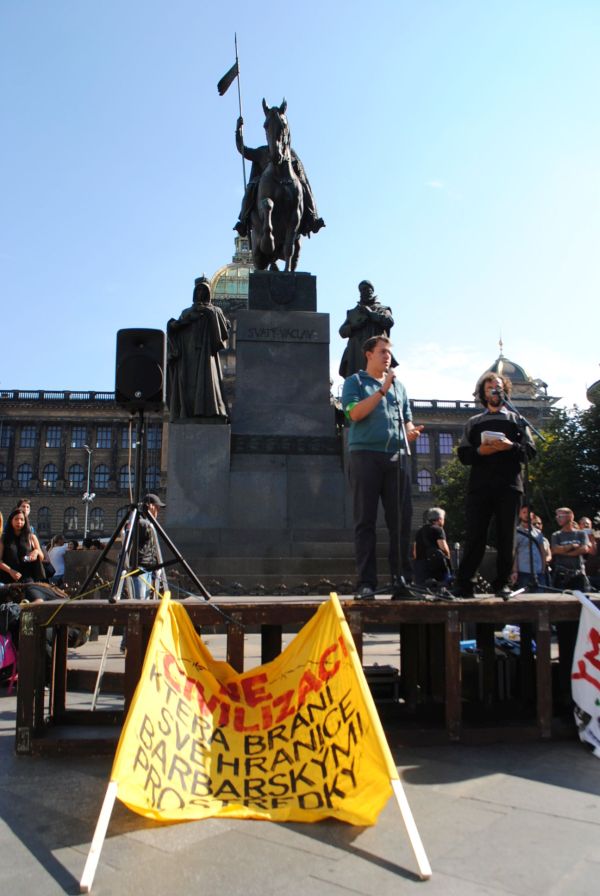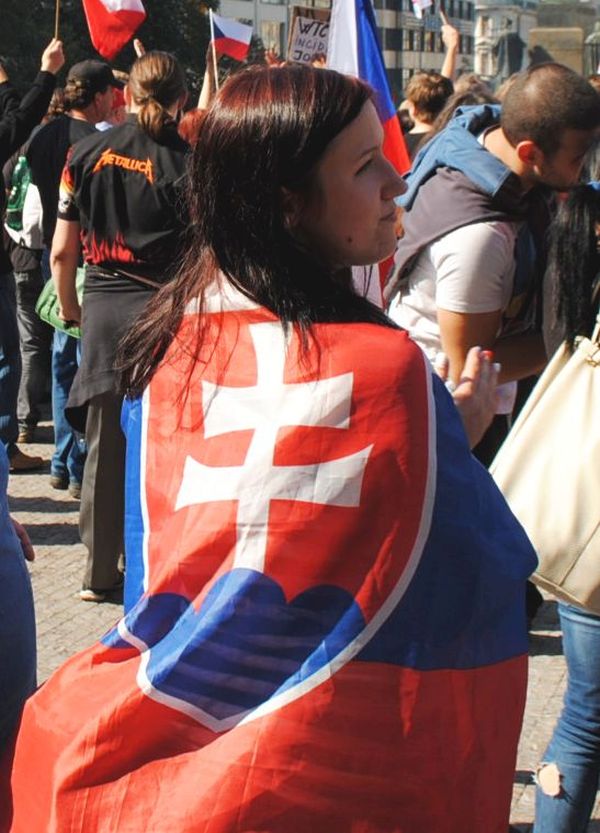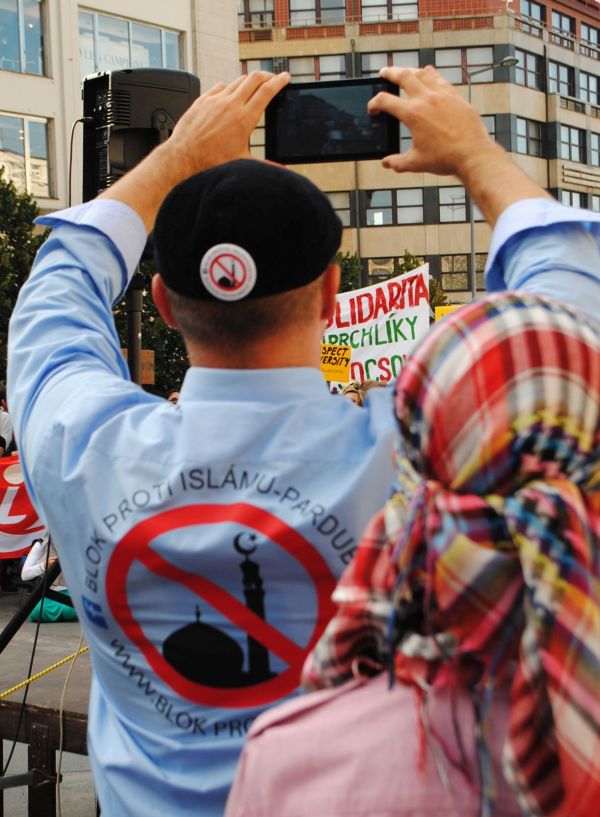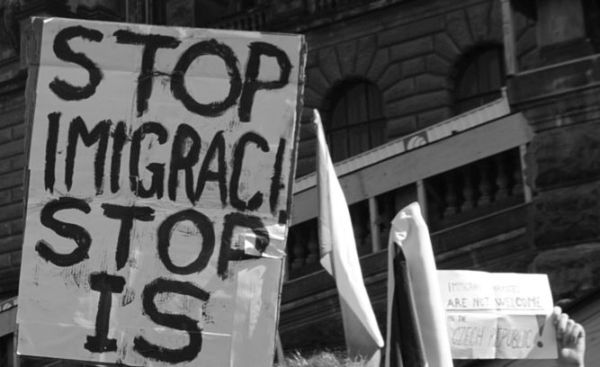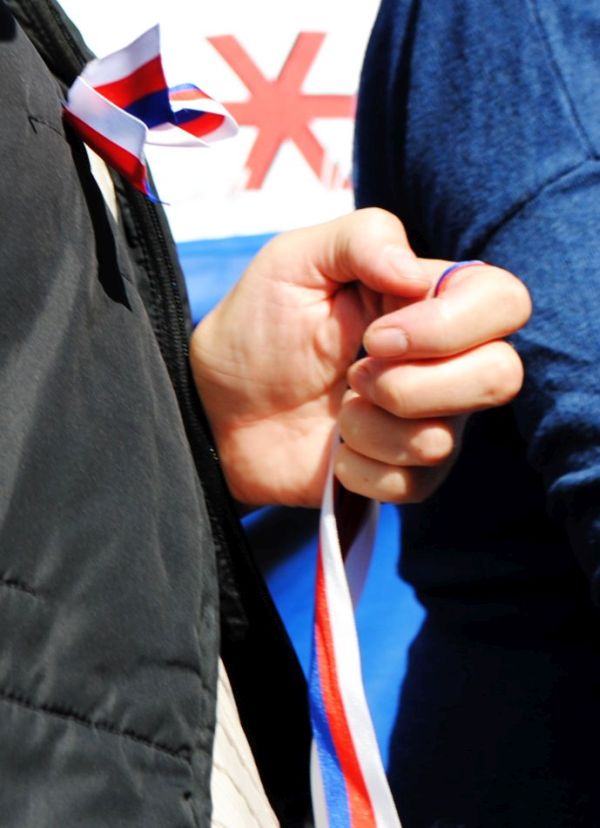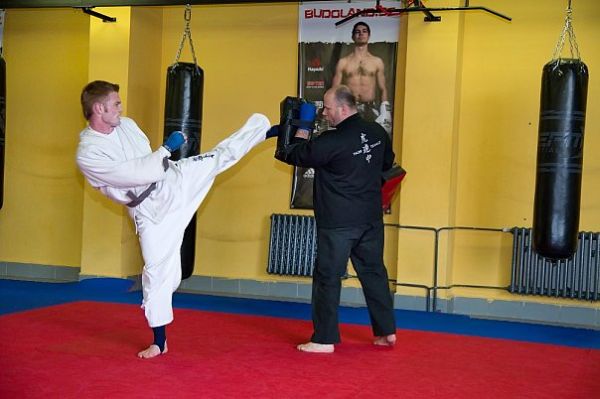
I was recently asked to be a guess blogger on SuperBreak, a UK travel website and blog, and write about Prague. This is the end result. Hope you enjoy it and let me know your opinion…
Prague is both east and west. Slavik and romantic. If London and Moscow had a baby, it would surely be Prague. I feel as though I’m describing it the way Dickens’ would, but that’s exactly what it is. It’s said to be Venice of the east, if you consider it to be east. It’s also said to be the city of 100 spires. To me, it’s all of these things, and also home. No, I’m not Czech. I’m Australian, but have been living here for the past four years and I’m also writing a blog called ‘People in Prague’ that talks to locals, expats and just about any character that passes through the Czech capital. From their experience and my own, here is a list of ‘musts’ that one should do to enjoy the Bohemian city to its fullest. From cuisines to castles, parks to pubs, these are the essentials.
Tourist attractions:
Like any decent tourist, you should start with the main sites that Prague has to offer. This list can be endless, especially for someone who’s a history or architecture buff. After all, Prague was one of the only major cities that didn’t feel the full wrath of World War II. Around Europe there are a number of great replicas of buildings that actually still remain in Prague. It’s originality is well-preserved.
My advice would be to start from the castle and work your way down. Prague castle is easily accessible by tram from most inner city locations and if you start there, it also means that you avoid walking up the countless staircases. There are a number of decent tours available for this area. It’s definitely worth taking a walking tour to hear some of the history. Even if history isn’t your thing, the enchanting legends of the place and its great kings certainly will be. I personally love the legends of King Rudolf II and his obsession with animals and alchemy.
From the castle, you can descend into Malá Strana, the cute and quirky castle town below which leads into Charles’ Bridge, another major tourist attraction. If you want to avoid the crowds, check out the bridge early in the morning for a picturesque sunrise. From Charles Bridge you will journey into Staré Město, the old town. I’ve never been one for maps. I find them embarrassing and annoying to carry, but really, get a map for this labyrinth. A map or Google is the only way you’re going to find the old town square and the astronomical clock which despite being full of tourists, and the occasional pickpocket, is a fairy tale scene. There’s nothing quite like it.
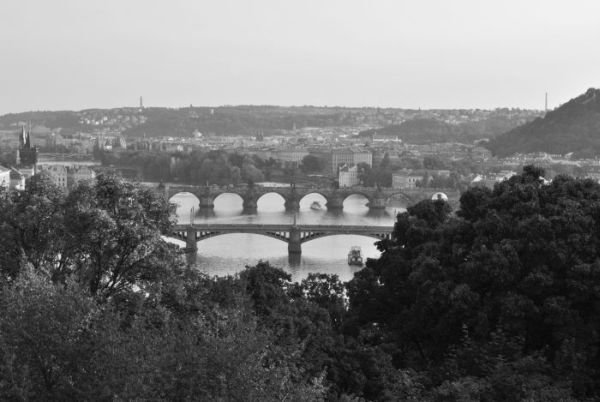
Charles Bridge and the river Vltava
A short walk from there will bring you into the heart of the city, and the Main Street, Václavské náměstí, or Wenceslas Square. The street should be seen to take in the magnificent National Museum at the top of the square, and to witness the main place of celebration and protest for Czech people. The Velvet Revolution took place here and marked the end of communism for Czechoslovakia, but these days it’s littered with casinos and dodgy food vendors. I’d avoid those at all costs, unless gambling and food poisoning is your thing.
Of course, these are only guidelines. As I said before, the sightseeing opportunities are endless here. Play it by ear as you go along.
Off-beat attractions:
In my opinion, this is where the true beauty lies. A short metro ride on the C or red line will take you to Vyšehrad park. This area overlooks the city and makes for a splendid view as well as giving you access to an awe-inspiring cathedral and cemetery. There are also some very famous Czech composers buried there. The whole area is virtually untouched by tourists and you can even enjoy a well-deserved Czech beer or ‘pivo’ overlooking the river Vltava and Prague castle.
The inner city districts of Vinohrady and Žižkov are perfect for anyone seeking a decent cafe culture, not to mention glorious food. This part of the city is home to beautiful architecture and a host of expats and young Czech families. The young and trendy vibe is felt best in Náměstí Jiřího z Poděbrad on a Saturday morning with the farmers’ markets. Eat some fresh and delicious food and take in the atmosphere. There is usually some kind of festival happening in the square every second weekend. Like all great beer drinkers, the Czechs love a good party.
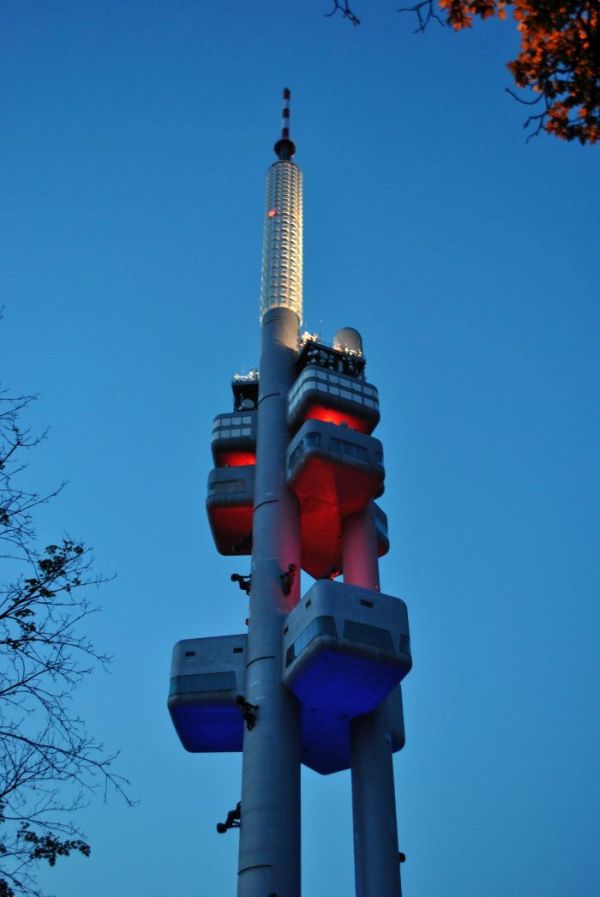
Žižkov tower
Art and culture:
Prague is a hub for classical music and always has been. From Bedřich Smetana to Antonín Dvořák, a lot of composers called this city home. Municipal House or Obecní Dům usually hosts well-known Czech orchestras which can be seen also every day. Towards the river is the National Theatre or Národní Divadlo, (talk about charity to rebuild it after the burning) even if opera isn’t your thing, the building’s interior is gold and a wonder to experience.
For some classic art, the National Gallery is worth a look. For those who like something a bit more modern or controversial, take a look at DOX, a modern art gallery in Holešovice. The Žižkov tower is a great example of modern Czech art. Controversial artist David Černý put faceless babies all over the large sputnik-like monolith to perhaps lighten up a once dreary reminder of the communist past. There have actually always been artists and writers a plenty in Prague. Many would recognise Alfons Mucha and his signature art nouveau style of painting and of course, writer Franz Kafka. Cafe Louvre on Národní street was an old hangout for Kafka and even Einstein – they also do a tasty breakfast.
Food and beer:
Speaking of fresh food. It’s worth ‘czeching’ (a cheesy pun still on every souvenir) out the local cuisine. Czech food is delicious, but heavy, very heavy. Like a lot of central and Eastern Europe, the cuisine is mainly meat and potatoes. In saying that though, they do meat pretty well. Try svíčková, the most typical dish consisting of beef marinated in a light brown sauce with some cream and cranberry jam on the side. Soak it all up with a few bread dumplings and enjoy that spongy goodness. There are countless Czech restaurants littered all around the city, but for a decent meal and beer in one, I would recommend any of the ‘Lokal’ restaurants which have a great selection of Czech beer, and a fresh rotating menu. My personal favorite restaurant is ‘U Houdku’ on Bořivojova street in the heart of the Žižkov pub scene. A lot of locals eat here because the portions are HUGE, tasty and medieval; the only thing missing is a hungry dog in the corner. They also offer a range of delicious vegetarian options. In summer, take a seat outside in the beer garden.
Czech Republic is also known for their huge Vietnamese community. Pho restaurants are now starting to spring up all over Prague and provide addictive soups, noodles and other rice dishes that will fill you up, and also cure any lingering beer hangovers. There is a particularly good one in Náměstí Jiřího z Poděbrad near the farmers’ markets.
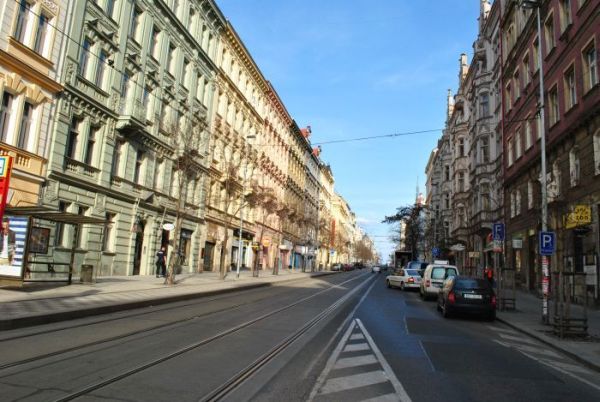
Vinohrady
Shopping:
Prague has all the usual European shops that you can expect to find in any major city, rather than walking around Vaclavske namesti in the cold, take a short walk to Palladium shopping centre in Náměstí Republiky – everything under one roof. If you’re into handmade things, ‘DeafMessanger‘ provides handmade diaries, notebooks and postcards with unique stencil art and other clippings (pictured), all available in ‘Luxor’ bookstore.
For those looking for something authentically Czech, you might want to check out the range of handmade souvenirs and skin products in ‘Manufaktura’, everything here is made in the Czech Republic. If you visit the national theatre, be sure to pop round the corner to the giant ‘antikvariat’ shop. Get yourself lost in a maze of old communist trinkets, furniture, art, old records and books.
Where fashion is concerned, I’d recommend having a look at ‘Pietro Filipi’, a homegrown men’s and women’s fashion store with a unique style. For those who want something a little more custom, check out the custom denim and fashion design studio at ‘Chatty‘. The label has met with a lot of success and prides itself on original designs that are authentically Czech.
Drinks:
As mentioned before, the beer is an absolute must. Pilsner Urquel is considered to be the best, but there are a lot of smaller breweries that are better. I personally love Svijany and Bernard, both of these you can find in most bars and pubs around the centre of town.
If you’re keen on cocktails, there are two great bars in town that will no doubt tickle your tastebuds, and liver. ‘Anonymous bar‘ is a classy and fascinating place based around the hacker group and the book/film V for Vendetta. It sounds cheesy, but this bar is a work of art and is well worth a visit just to taste some of their old cocktail recipes. ‘Hemingway bar‘ is also a classy cocktail joint and recently made it into the top 50 bars in the world. Be sure to make a reservation at both.
For clubbing, Dlouha street is in the heart of town and provides you with a number of options. Both ‘Roxy’ and ‘Druhy Patro’ thrive on the electronic music culture in Prague, whereas Harley’s can be more of a rock’n’pop club. In the Žižkov and Vinohrady area there is also ‘Palac Akropolis’ where you can see some of the local DJ and music talent. Try to stay away from the typical tourist clubs like Karlové Lázně, unless you want to be ripped off.
Accommodation:
For backpackers, both the Czech Inn and Mosaic House hostels are reasonably inner city and host a number of fun events including parties, theatre and comedy. They also have reasonable prices and outstanding service.
However your budget, Prague has a great variety of hotels on offer. For those who want something a little more luxurious, typical hotels like the Hilton, the Intercontinental and more are all there. But for a real treat, take a look at the Emblem Hotel. It’s still quite new, but extremely modern and luxurious and boasts a number of great services, not to mention an excellent restaurant and bar too.
If you’re traveling in a group, it might be worth getting an apartment on air b’n’b. A lot of Czechs inherited apartments from their ancestors once communism came to an end, so there are a surprising amount of unbelievably beautiful flats available for a few nights in the heart of the city.
Transport:
From the airport, I would recommend ordering a taxi or getting the bus to Dejvická followed by the metro. Prague has a decent underground metro system which I still find to be a novelty because of how retro it looks. Trams go almost everywhere and also run all night, as do the buses. There are plenty of taxi companies, but I would always call before just getting in. Prague taxi drivers have a reputation for ripping tourists off.
Things to be careful of:
– Czech is an extremely difficult language to learn, but even if you just say Dobrý den (Good day) and Dík (thanks), it will make them happy that you’re trying. However, majority of Prague residents do speak English.
– High percentage absinthe is also legal in the Czech Republic and can be a very interesting experience, but try to go to a proper absinthe bar for the real thing. Souvenir shops sell terrible stuff.
– Although I’ve never been pickpocketed, I’d advise to watch your belongings, especially around old town square when waiting for the astronomical clock to ring.
– A lot of bars and restaurants don’t take card, so have plenty of cash handy.
– Remember that the Czech Republic is NOT on the euro. Check your exchange rates to see how many crowns you’ll need to get by.
All and all, Prague is one of the safest cities I have ever lived in. It’s also very tourist friendly, and has an addictive charm about it. Once you’ve been, you’ll more than likely return. For more information on the quirks and adventures of people in Prague, be sure to subscribe to my blog.
Written by Ryan Keating-Lambert. Photos by Ryan Keating-Lambert.
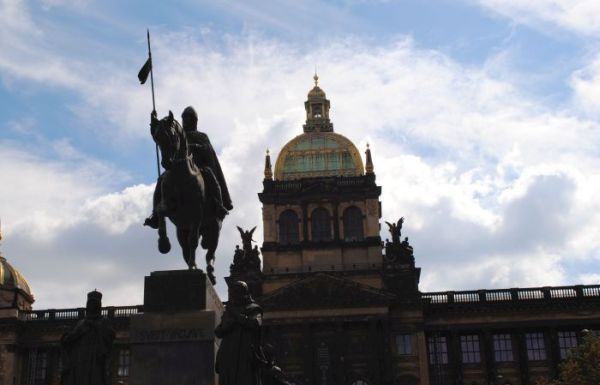
The National Museum at Wenceslas Square
